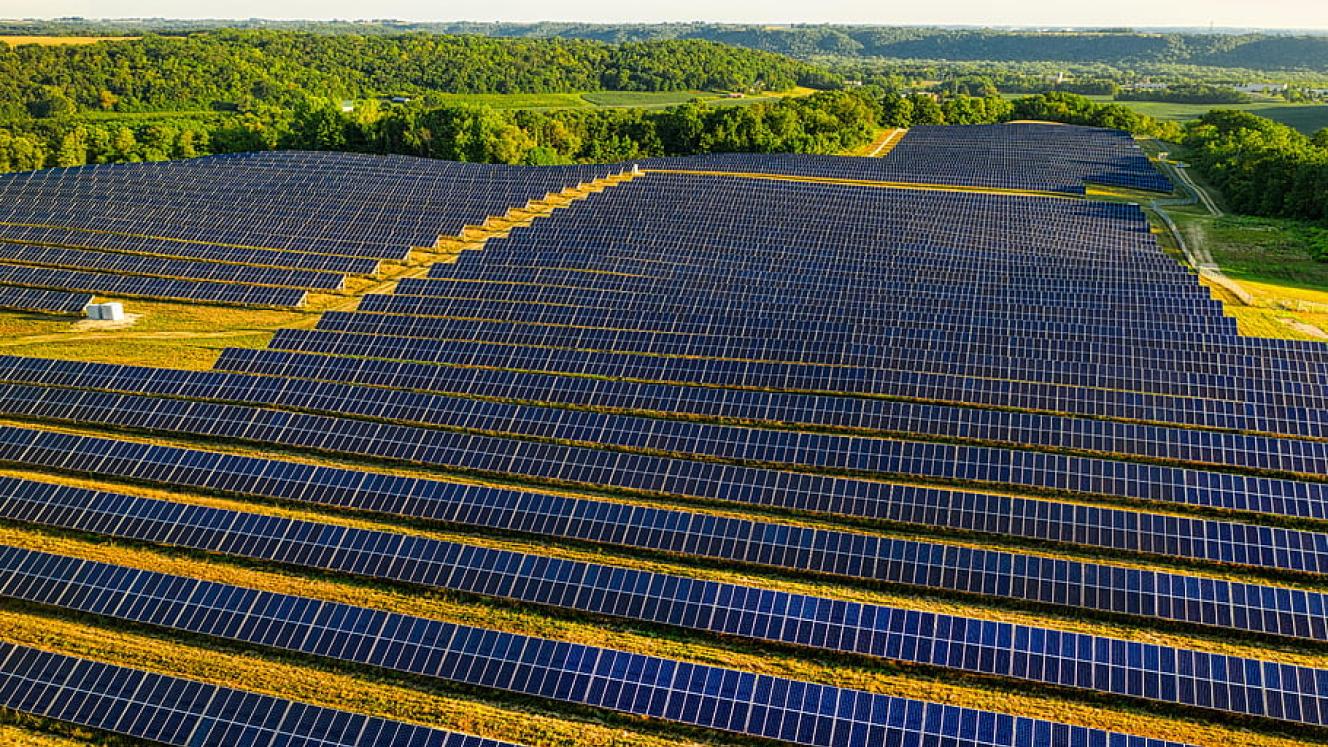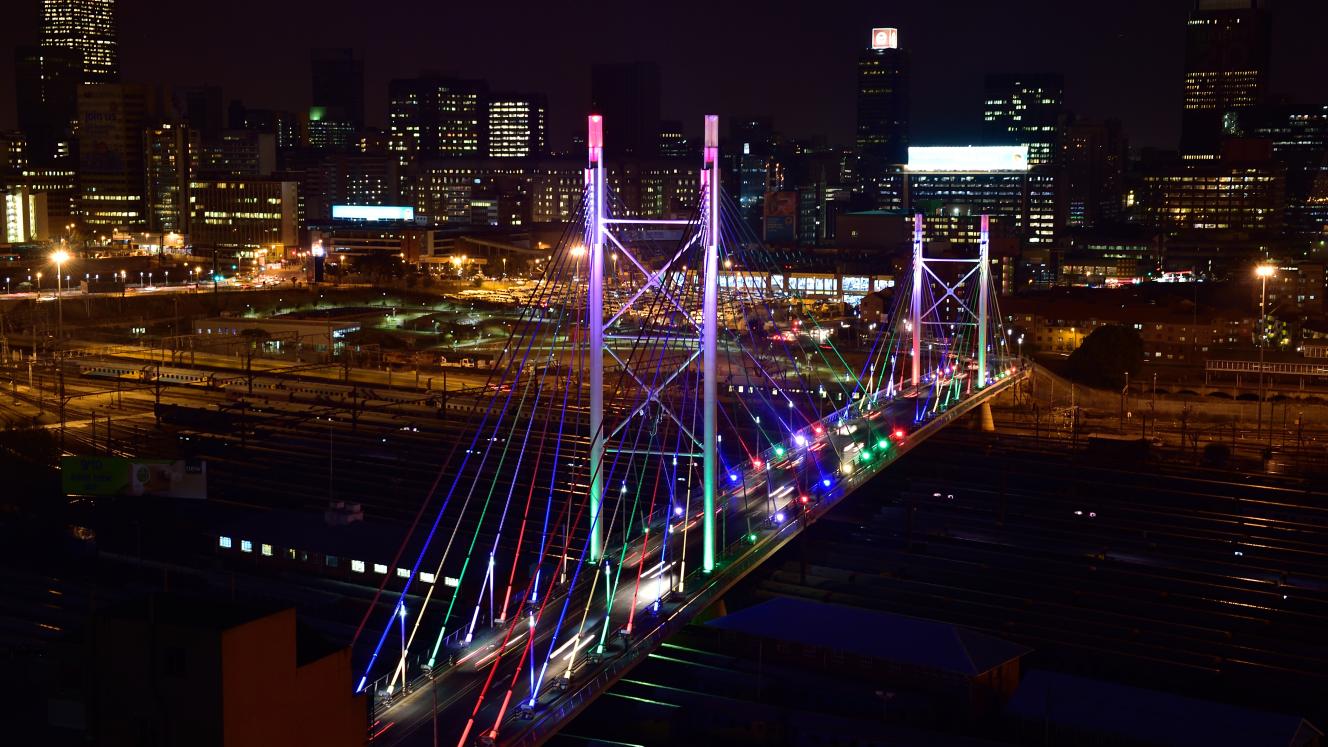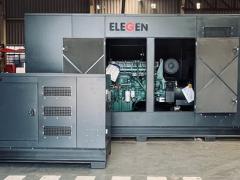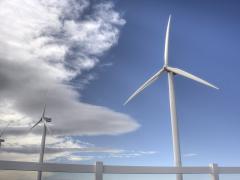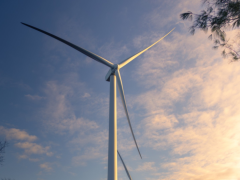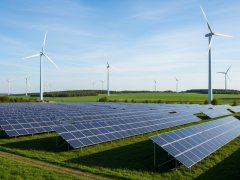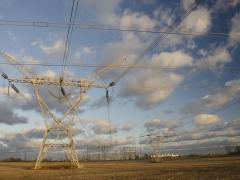Sturdee Energy has reached financial close on its 91,2 MW Bela Bela Solar Park in Limpopo, marking an expansion of the company’s regional portfolio and its shift from a traditional independent power producer (IPP) to what it describes as an “independent electron provider” (IEP). The project will supply wheeled renewable energy to a South African gold mining company under a five-year power purchase agreement.
The R2 billion project is now moving into construction, backed by a R1,2 billion non-recourse debt package from RMB. Sturdee says the Bela Bela Solar Park will generate approximately 209 GWh of clean electricity annually, avoiding an estimated 170 000 tonnes of CO₂ emissions in its first year and nearly four million tonnes over its 30-year design life.
According to Sturdee Executive Director James White, the company’s transition from IPP to IEP reflects broader changes in the regional electricity market. “The shift is driven by the change from a pure focus on production to how that production is sold,” he told Energize. While a conventional IPP focuses primarily on generating electricity, an IEP delivers electrons through multiple routes to market – including wheeling, bilateral contracts, aggregation, trading and future South African Wholesale Electricity Market/Southern African Power Pool (SAPP) participation.
White says the model allows Sturdee to deliver electricity from wind, solar and battery energy storage system assets through bilateral agreements, third-party generation or its licensed trading arm, Sturdee Electron Market. The company currently holds a NERSA trading licence, conditional SAPP membership and supplies utilities such as NamPower in Namibia and Botswana Power Corporation. Across South Africa, Namibia and Botswana, Sturdee has nine projects totalling more than 200 MW in construction or operation.
The Bela Bela project connects into Eskom’s Warmbad substation and was among the first to progress through the Interim Grid Capacity Allocation Rules (IGCAR). White says the process required early design work and close collaboration with Eskom across transmission and distribution approvals to secure capacity under the “first ready, first served” framework.
On equipment selection, Sturdee emphasises long-term performance using JA Solar modules, GameChange single-axis trackers and Sungrow inverters. White says this reflects the need for Tier 1 suppliers with established South African presence, long-term warranties and reliable spares access.
RMB’s support for the shorter-term power purchase agreement, White adds, demonstrates confidence in the project structure and in Sturdee’s ability to deliver energy through multiple routes to market. He notes that gold mining companies typically operate on five- to seven-year investment cycles and that wheeling allows supply to be shifted between sites if operations change. “Grid constraints may slow the amount of generation that comes online in the short term, making Bela Bela’s electrons more valuable over time,” says White.
